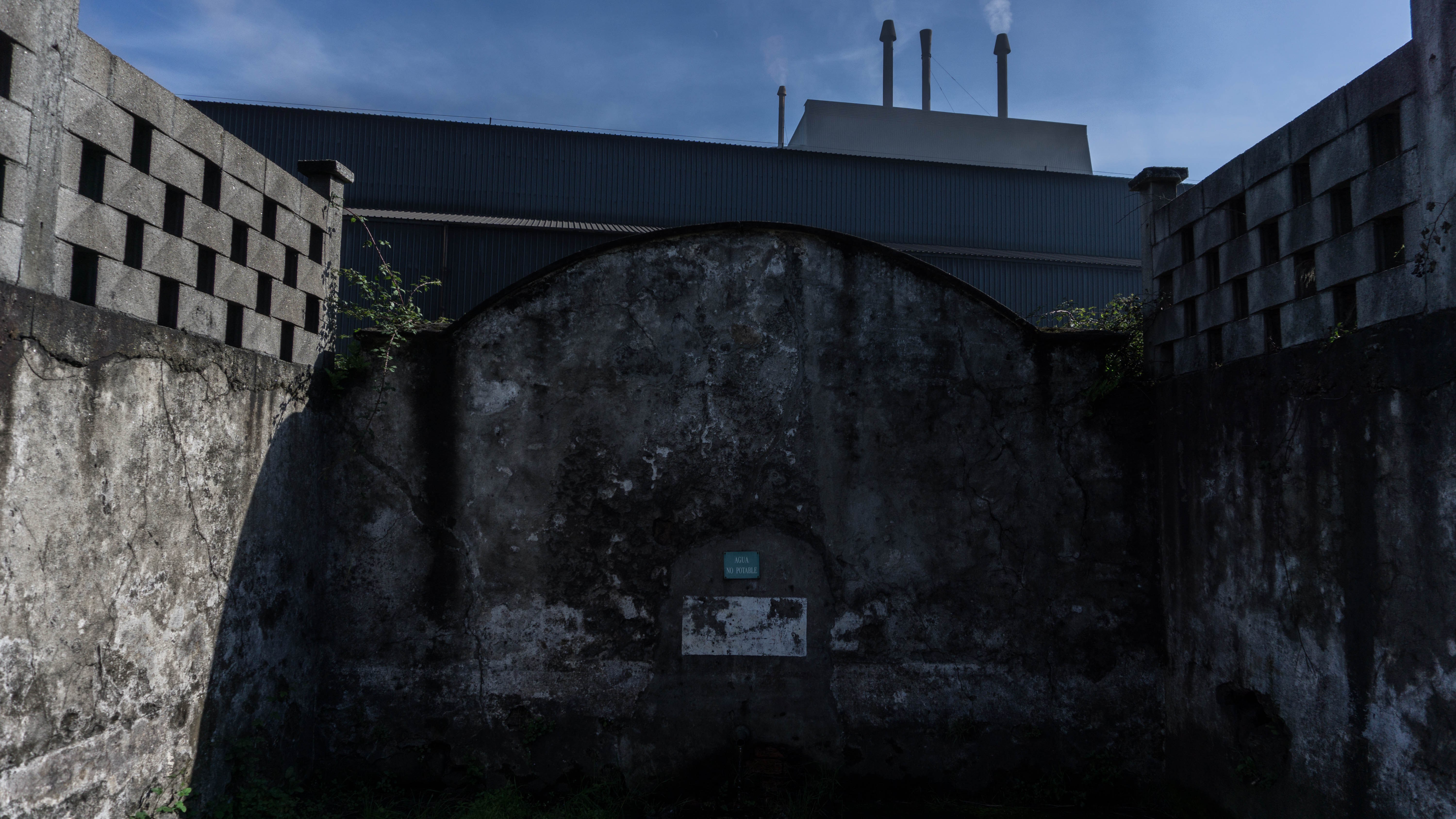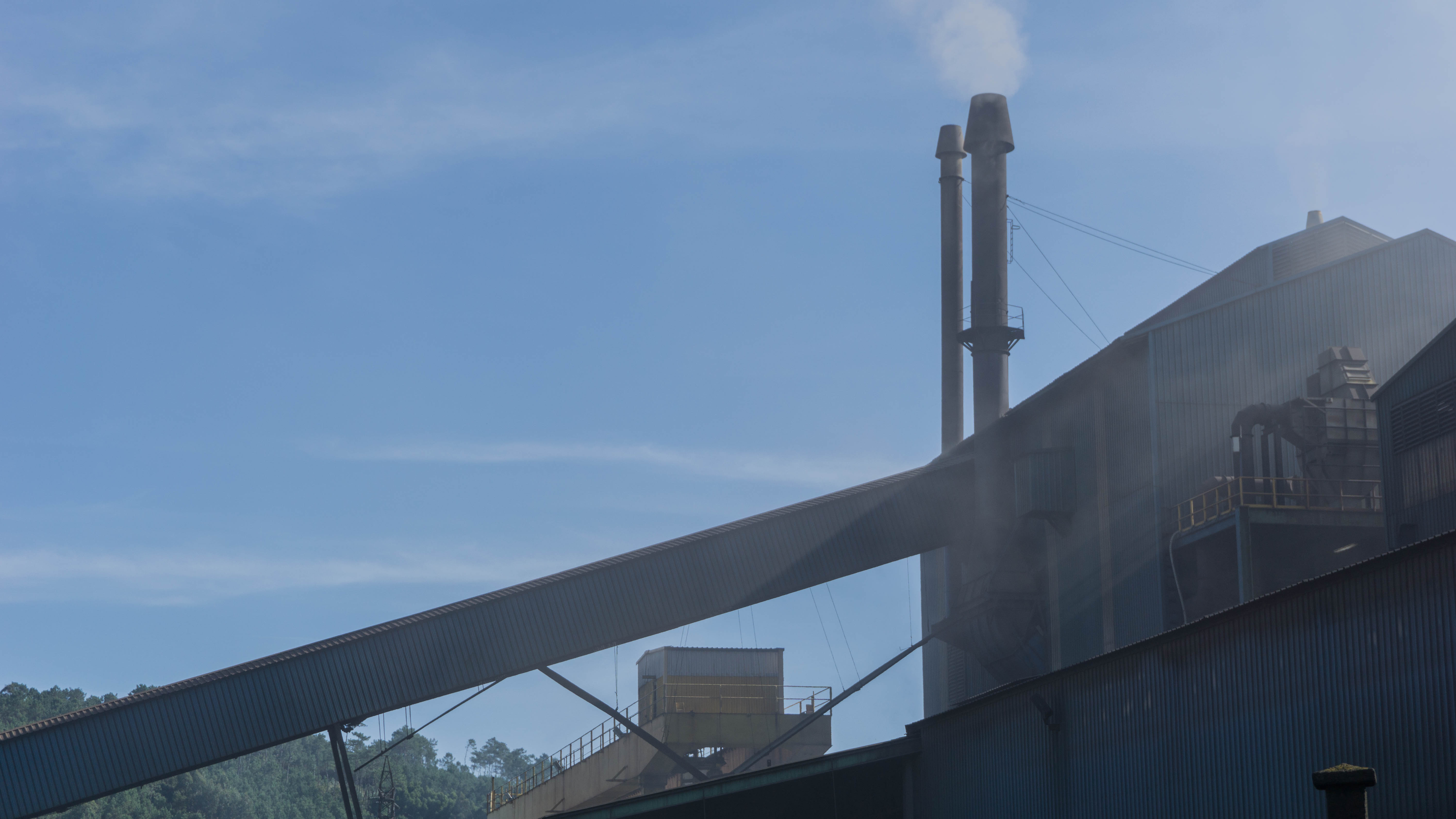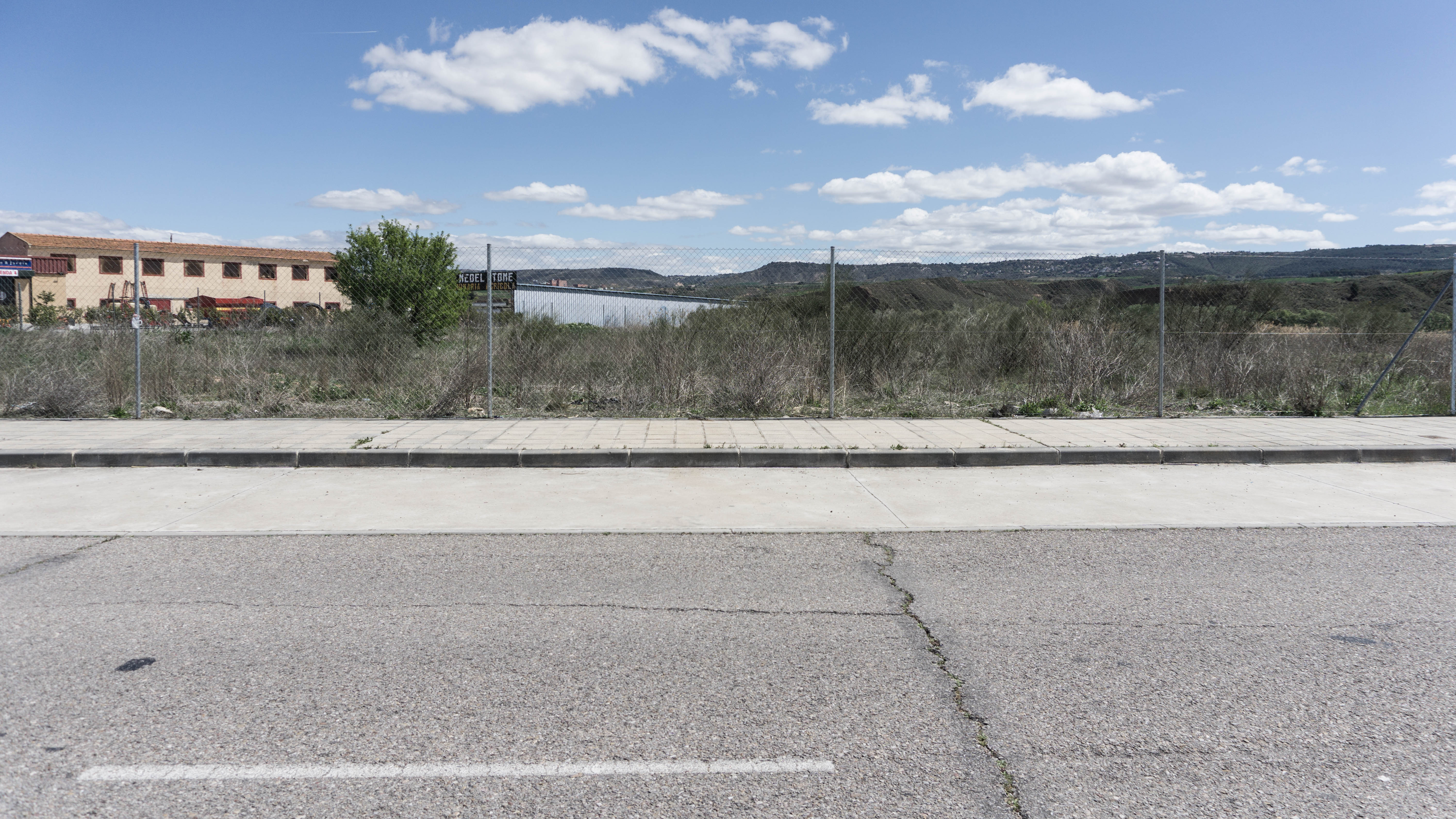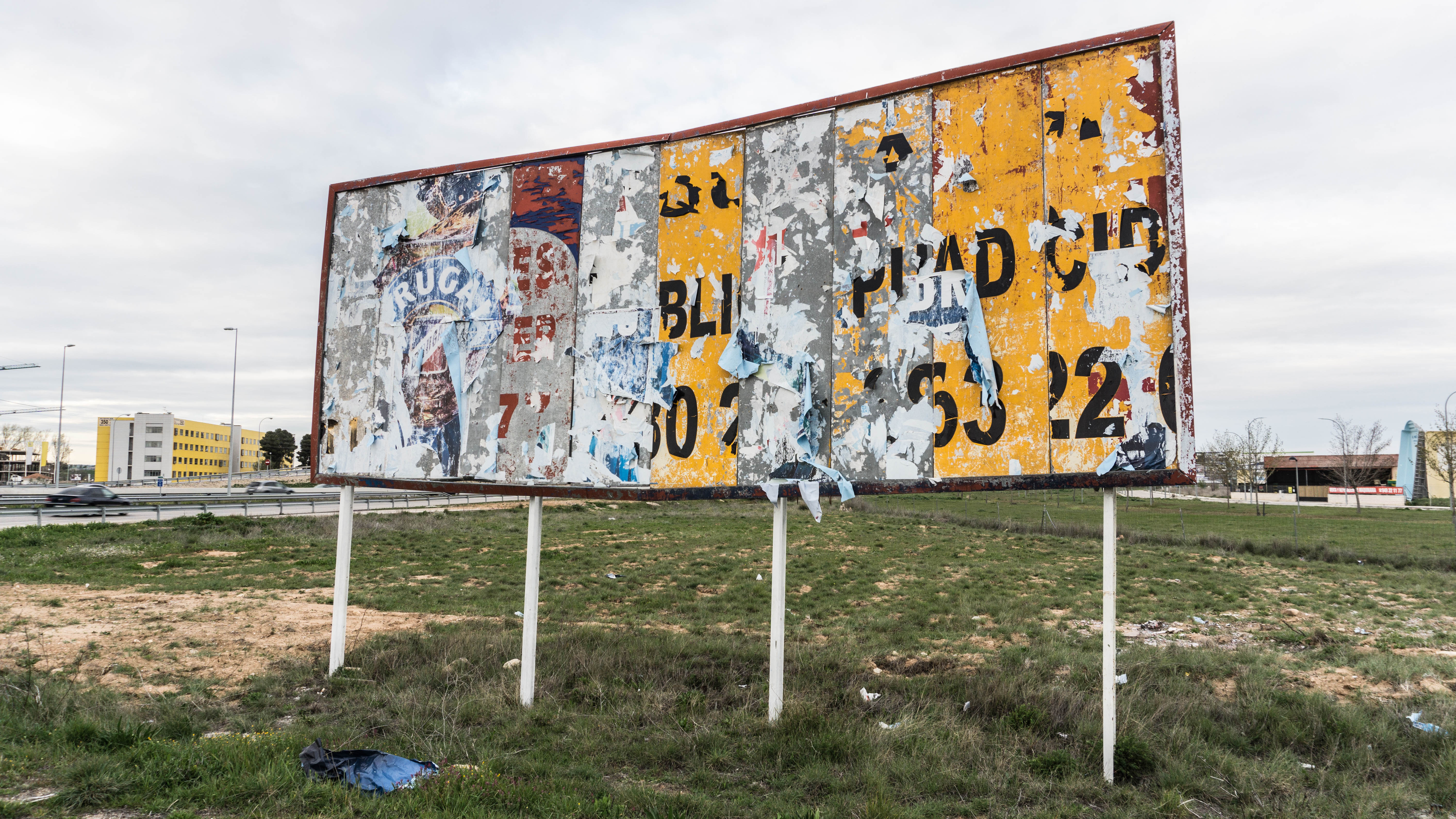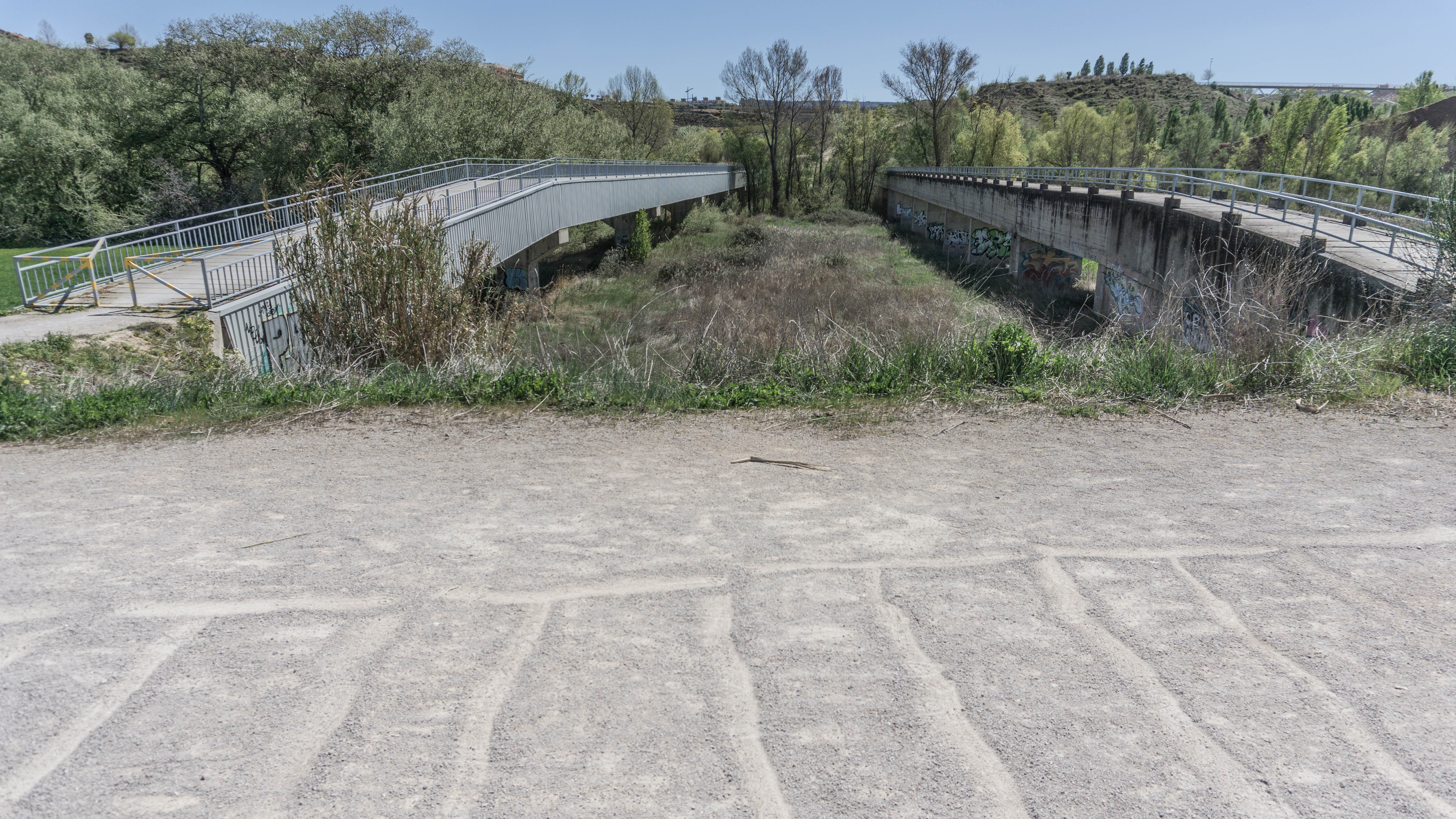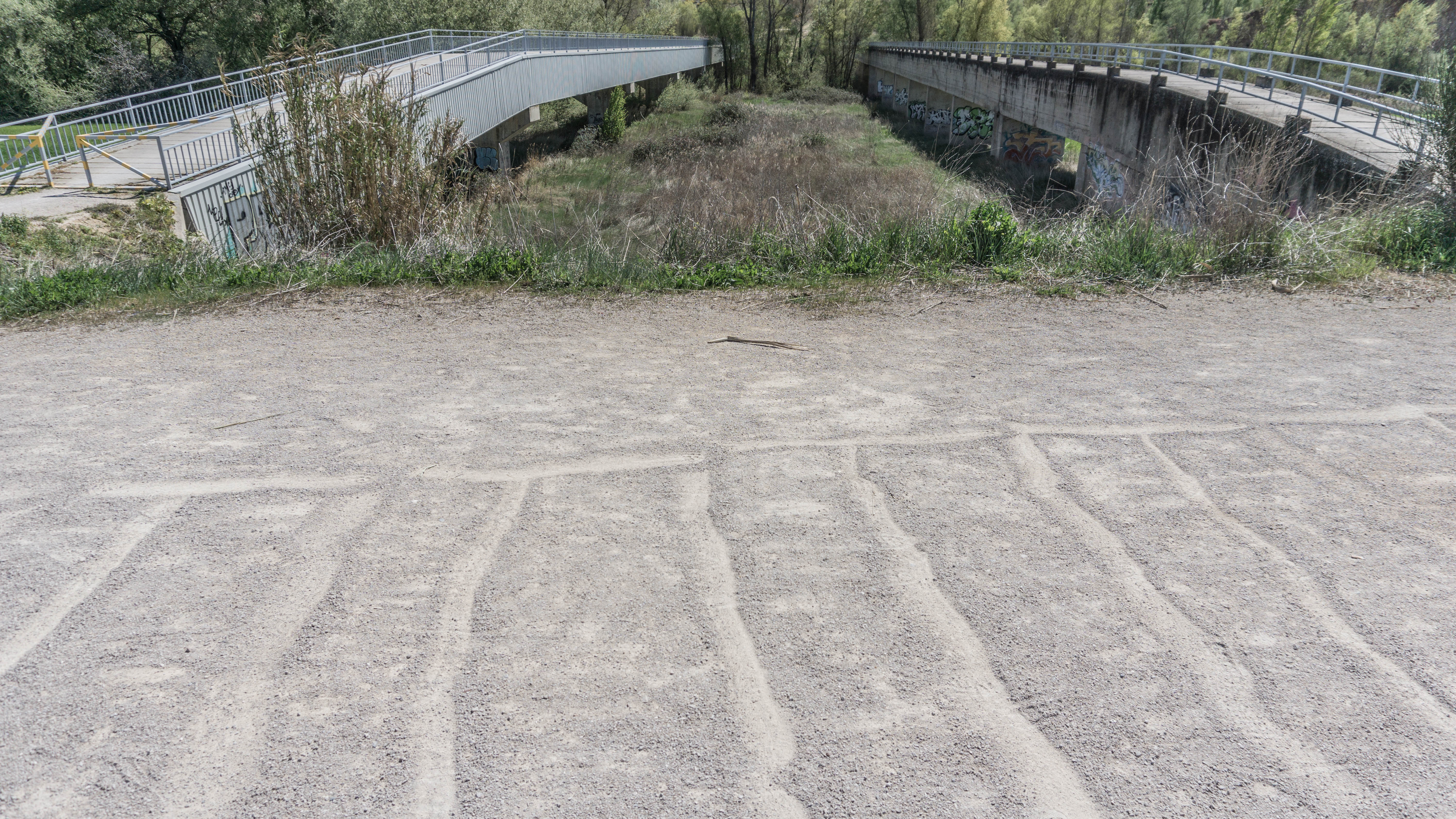
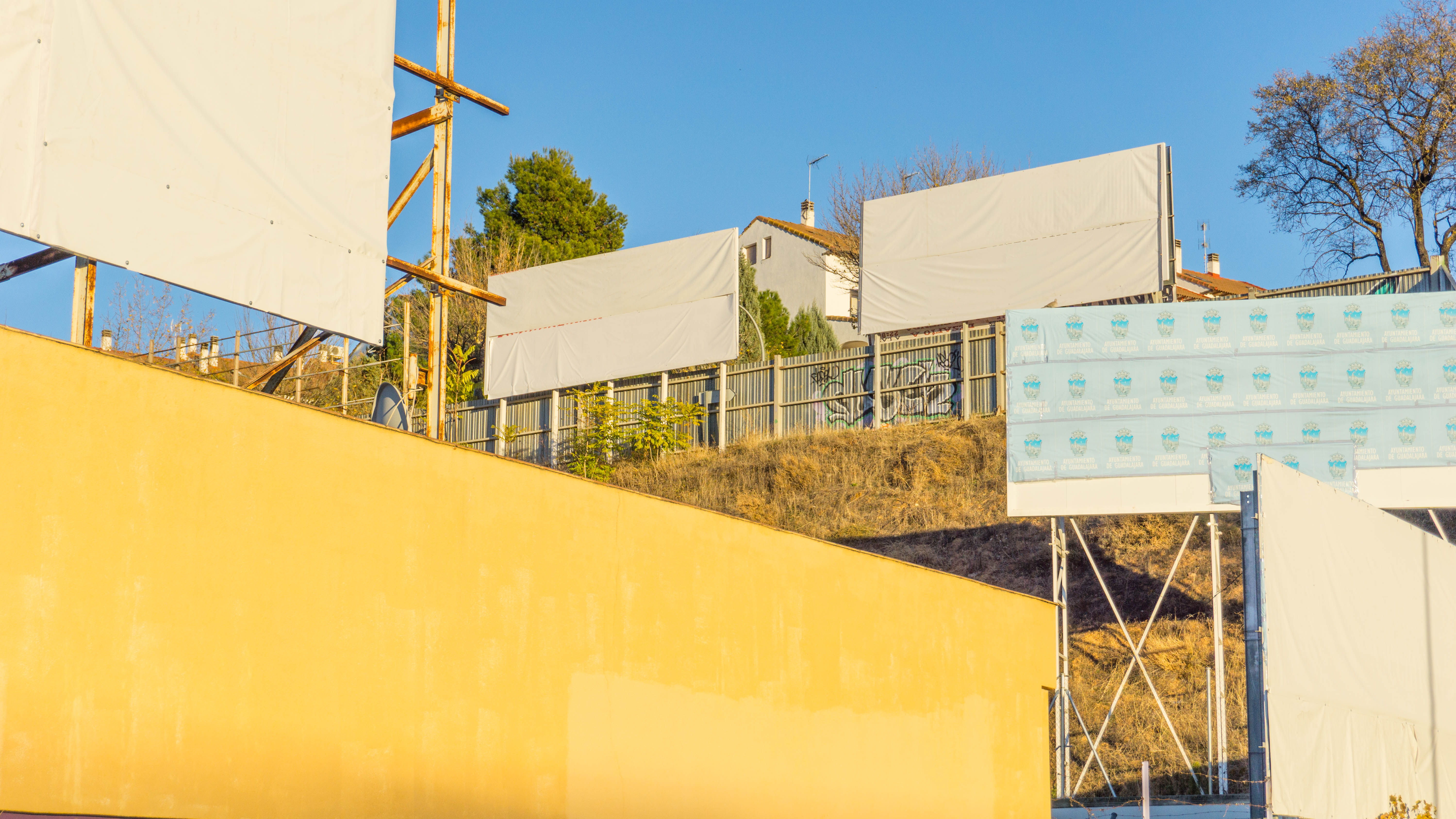

Modernity brings along the search for evidence, fact and truth, and therefore the rationalization of society (Peet, 1998:194). This implies that the world can be categorized – hence, that the course of time and of life can be divided into meaningful stages or phases. Postmodernists, on the contrary, reject the idea of absolute truth and argue that there is no truth outside interpretation (Kitchin & Tate, 2000:16). According to Peet (1998:195), in postmodern philosophy, “modern reason is reinterpreted critically as a mode of social control which acts openly through disciplinary institutions, in more disguised forms through rational socialization and, most subtly, through rational self-discipline.” Hence, postmodern thinking is concerned with developing an attitude towards knowledge, methods and law-like truths (Kitchin & Tate, 2000:16). Liminality, in this sense, should be regarded as a political tool, an arbitrary method to categorize people; the meaning of which, in fact, exists only by the grace of the collectivity that has accepted the categories before and after the liminal stage.
Theoretically, thus, the concept of liminality has received a different, more critical meaning with the shift to postmodernism. However, this has not been the most important development. As postmodernists argue that truth is a matter of interpretation, ‘categories’ can be recognized in the eye of the beholder (that is, of the researcher). I intend to show that, as a result, researchers have added more and more ‘liminal stages’ to the average person’s course of life. In a sense, postmodernists may even argue that the whole of social life is a continuous liminal process. Along with the fact that several authors argue that life has become more and more complex and fragmentized (Castells, 2000:3; see also Walther & Stauber, 2002), with overlapping phases, daily routines, roles, etcetera, it becomes obvious that the concept’s interpretation may have broken somewhat adrift. It can be disputable if a situation that is labeled ‘liminal’ shows indeed characteristics of ‘original’ liminality, for example in regard of the ritual context of the concept.
Conceptualizing ‘in between-ness’
Master Thesis of Human Geography
Supervisor: Dr. H. van Houtum
Co-reviewer: Dr. O. Kramsch
Jasper Balduk
Nijmegen, June 2008




















